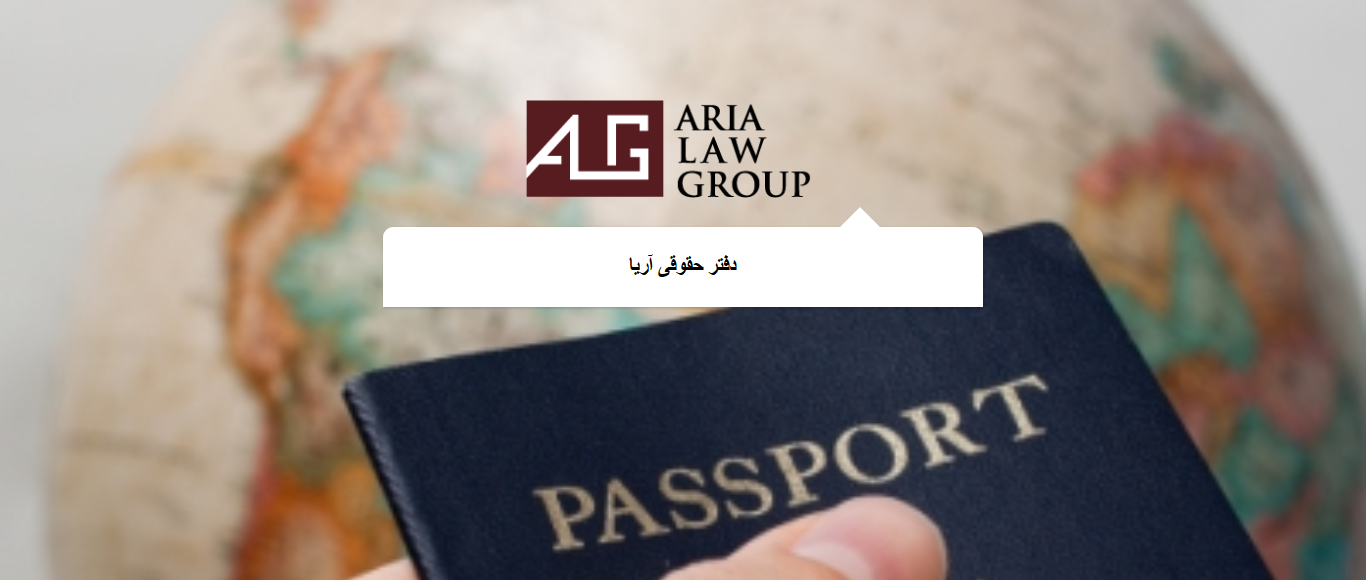Who is subject to immigration arrest and detention?
By law, DHS cannot detain U.S. citizens. However, DHS is authorized to arrest and detain noncitizens, and in certain circumstances, can do so without an administrative warrant. The agency only may arrest and detain individuals if there is probable cause that there is a basis to deport the person from the United States.
In general, DHS officers arrest and detain individuals in the following situations:
- during interactions with the criminal justice system, including pre-trial court appearances and after being released from criminal custody;
- during broad-based or targeted home or worksite enforcement raids;
- at routine immigration interviews or appointments with U.S. Citizenship and Immigration Services; and
- after contact with CBP at a port of entry or apprehension near the border.
What happens after DHS initially arrests or apprehends a person?
After CBP officers arrest a person, they generally take the person to a short-term detention facility for fingerprinting, interviewing, and processing. If the person expresses an intention to apply for asylum or a fear of returning to his or her country of origin, DHS must provide an asylum screening and generally will transfer such individuals to ICE custody. A person who does not indicate an intention to seek asylum or a fear of return generally is transferred to ICE custody for immediate deportation. If, however, the person is a Mexican national detained at the Mexican border, CBP may repatriate the person at certain ports of entry along the border.
After ICE arrests a person without an administrative warrant inside the United States, the agency must make a custody determination and decide whether to place the individual in removal proceedings within 48 hours, unless there is an emergency or other extraordinary circumstance. In certain cases, including where ICE claims that the person has been convicted of certain crimes, the agency will take the position that detention is mandatory or that the person is not eligible for release. ICE takes the position that individuals it classifies as “arriving” in the United States who request asylum at ports of entry may only be released through parole. Whether individuals who entered between ports of entry and pass an initial asylum screening interview may seek release in a bond hearing before an immigration judge is at issue in litigation ongoing as of the date of publication of this fact sheet. ICE also generally refuses to release individuals who already have an outstanding or unexecuted order of removal, or who are subject to another summary removal process known as reinstatement for having previously been ordered removed and subsequently reentered without inspection.
If a person is eligible for release, ICE is supposed to assess the person’s flight and public safety risk profile before choosing whether and how to release the person. Following this assessment, ICE will determine whether the person is eligible for release, and if so, may utilize one of the following options:
- ICE may release an individual on his or her own recognizance, meaning that he or she signs paperwork committing to appear for scheduled immigration court hearings;
- ICE may release an individual on Orders of Supervision (OSUP). OSUPs contain additional conditions of release, such as electronic monitoring (i.e., wearing a GPS ankle monitor), periodically reporting to an ICE officer in person or by telephone, and travel restrictions. Conditions of supervision may involve ICE’s Intensive Supervised Appearance Program (ISAP).These conditions, used separately or in conjunction with one another, and are collectively referred to as “alternatives to detention” (ATD);
- ICE may require someone to post a monetary bond (similar to bail in the criminal context) to secure release. The immigration laws require a minimum bond of $1,500, but bond amounts can be as high as tens of thousands of dollars; or
- ICE may release an individual on parole, which is permission to reside in the United States for a finite period of time. ICE also may place a parolee on an OSUP requiring him or her to meet certain conditions to remain on parole.
Of these alternatives to detention, the majority of individuals released by ICE are released on bond or an ATD. As of August 2019, roughly 100,000 people were enrolled on an ATD at any given time. According to DHS, ATDs cost an average of $4.04 per day and have been shown to work with over 95 percent of individuals to ensure appearance for their final court hearings.
Even if a person is statutorily eligible for release, he or she still may remain detained. ICE often chooses not to release the person (i.e., refuses to set any bond) or sets a bond amount that the individual cannot afford to pay.
How can an individual challenge his or her detention?
If ICE decides to keep an individual in custody or sets a bond that the person cannot afford to pay, individuals may ask an immigration judge to order either release or a reduction of the bond amount.This request may be made orally, in writing, or, at the immigration court’s discretion, by telephone.
Significantly, a detainee does not need to be in removal proceedings before asking an immigration judge for a custody review hearing; the person need only be detained in immigration custody. To request a custody review hearing, a detainee must make the request to the immigration court with authority over their place of detention at the time of filing.
The same general process applies if DHS has set a condition of release with which the individual disagrees. For example, an individual may ask an immigration judge to review and vacate an ICE decision to release a person on an ankle monitor.
What happens at an initial custody redetermination (bond) hearing?
The first step in any custody redetermination hearing (also known as a “bond hearing”) is for the judge to determine whether he or she has authority to review or modify the person’s custody status. For example, if DHS claims that the individual has been convicted of an offense that subjects him or her to mandatory detention, the immigration judge first must determine whether the individual in fact has been convicted of that crime and, if so, whether the conviction falls under the mandatory detention statute. A person held under the mandatory detention statute generally is not eligible for release.
If the immigration judge determines that a person is eligible for release, the judge then decides whether release is warranted, and if so whether to release the individual on their own recognizance, bond, and/or other conditions. Release is warranted if the individual does not pose a danger to property or persons and is likely to appear at future court hearings. The immigration judge also can modify the conditions of release set by ICE, for example, by increasing or decreasing the amount of bond or by ordering the removal of an ankle monitor.
If the immigration judge determines that release is not warranted or the individual cannot afford to pay the bond amount set, the individual remains locked up in immigration detention. Individuals who must litigate their immigration cases from detention face numerous practical barriers, including limited access to attorneys and confinement in remote locations far from family, community, and one’s own attorney.
What options are available after an initial custody review (bond) hearing?
If ICE or the individual disagrees with an immigration judge’s custody decision, either side may file an appeal with the Board of Immigration Appeals (BIA) within 30 days of the decision. If an immigration judge and/or the BIA have issued a negative custody decision, an individual may ask for another bond hearing provided he or she can demonstrate a “change of circumstances” warranting release.
Some detained individuals may file a petition for a writ of habeas corpus to challenge their detention—including challenges to the availability of custody review hearings, the lack of procedural protections, and the length of detention—with the federal district court having jurisdiction over the place of the person’s detention.
Can a detainee with a removal order challenge their detention?
Once a person has been ordered removed and has exhausted or waived any appeals, ICE can detain the person while arranging deportation. However, in certain circumstances, ICE may be unable to execute the removal order. For example, the person may come from a country which does not accept individuals with final orders or the foreign government may refuse to issue travel documents to permit return. In those circumstances, ICE may seek to detain a person for an indefinite period of time until deportation becomes possible.
However, there are limits on DHS’s authority to indefinitely detain people who the agency cannot deport. If a person is not deported within the first 90 days after a final order of removal, DHS must determine whether there is a “significant likelihood” that the person will be removed “in the reasonably foreseeable future.” If DHS determines that the person will not be removed in the reasonably foreseeable future, then after 180 days have passed it must release the person on an order of supervision if they are neither a flight risk or a danger to the community. The agency is also required to renew this determination once every six months, and the person can file a habeas petition to challenge their detention once six months have passed.





